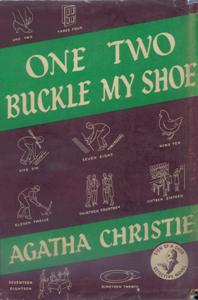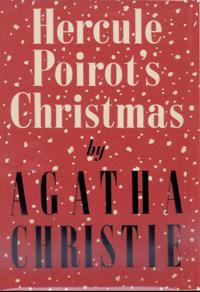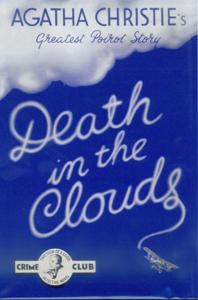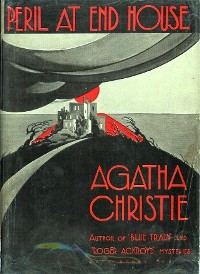One, Two, Buckle My Shoe
It all starts with a missing buckle…
After Poirot’s dentist is found murdered, Poirot has a twinge that something is wrong. His suspicions are proved right, of course, when one of the dentists’ patients becomes the next victim. So begins a typically complicated case, full of twists and turns.
I won’t say that the ending was completely unexpected, but at some point I gave up trying to disentangle the intricate details of the plot. Christie certainly loved to make her reader’s minds spin.
Still, I enjoyed this story more than the last two I’ve read, because I felt like it gave me some insight into Christie’s mind. The last two novels on my list, Hercule Poirot’s Christmas and Appointment with Death, feature victims that are truly evil people—both tyrannical heads of their households who enjoy making their descendents squirm. Yes they are evil, Poirot says, but so what? The murderers should still be brought to justice, because murder is always wrong. Good; I can get behind that.
In this story, Christie goes further by asking the question of whether one person’s life is inherently more valuable than another’s. It’s the age-old question of, “is murder ok if the ends justify the means?” Of course, for Christie the answer is no. She ends this book with a strong argument for equality and the worth of each individual’s life.
Yes, Christie has made this point in other novels, but in this one she really hammers it home. Although the way she does it is a bit heavy-handed, I appreciate her strong viewpoint. Remember, this happened right before World War II, when fascism was on the rise and many Europeans were under the belief that their leaders were somehow infallible. It’s hard to believe that the political climate of the day did not influence Christie’s decision to prominently feature a political figure in this book.
I still wish I was better at piecing together the clues. But this time, I was happy to leave that all to Poirot and trust that he would straighten things out in the end with a long-winded, exquisitely detailed explanation. Of course, I was right.









